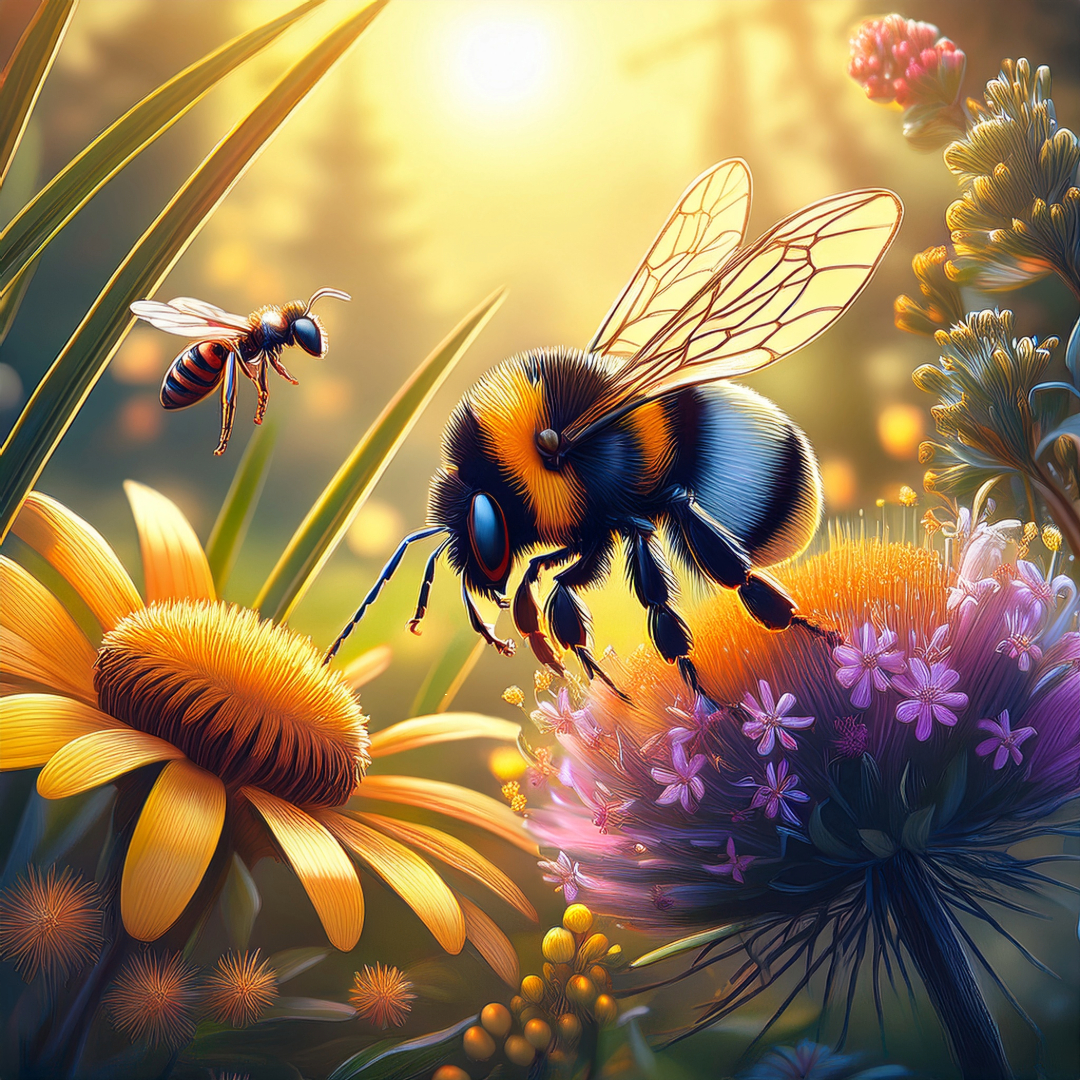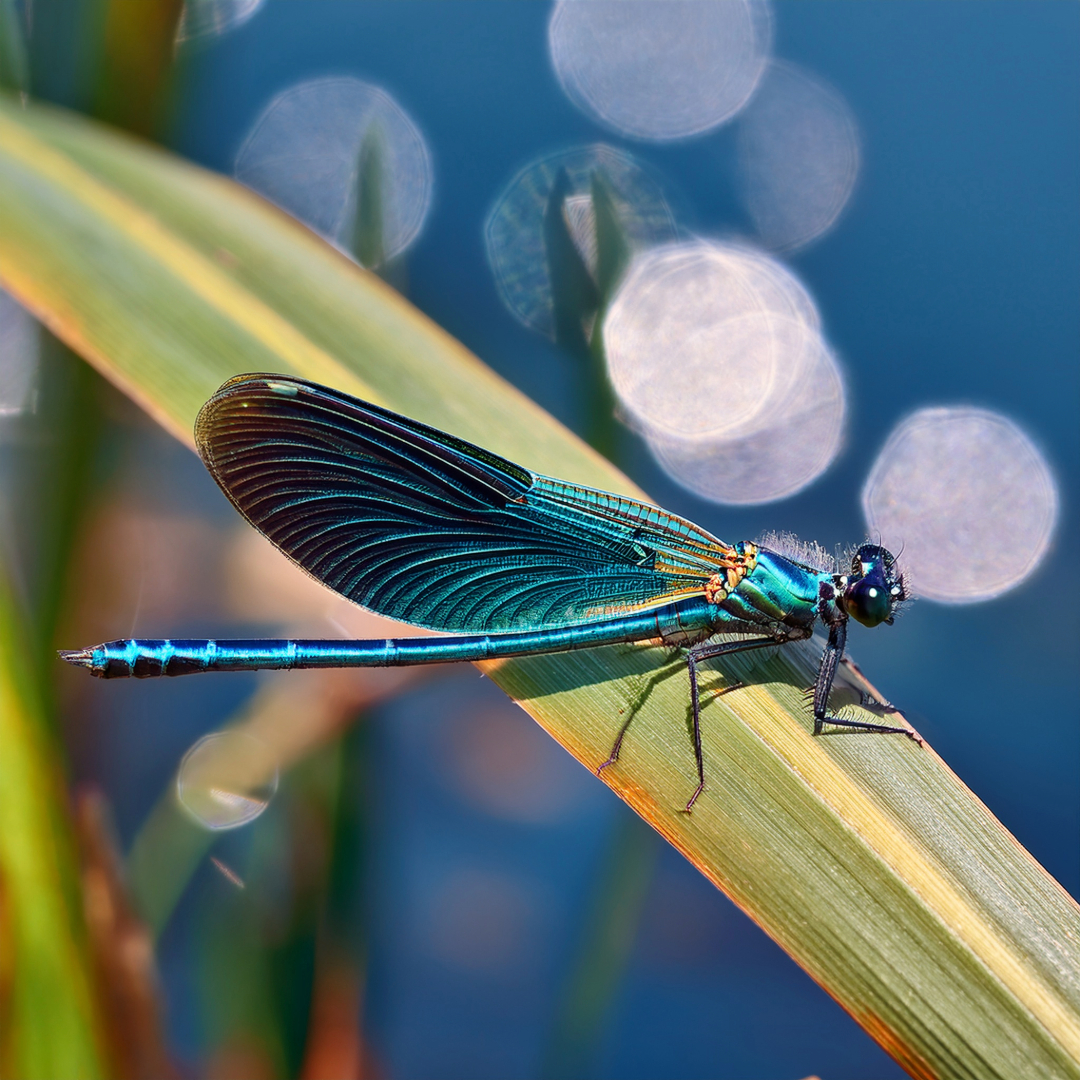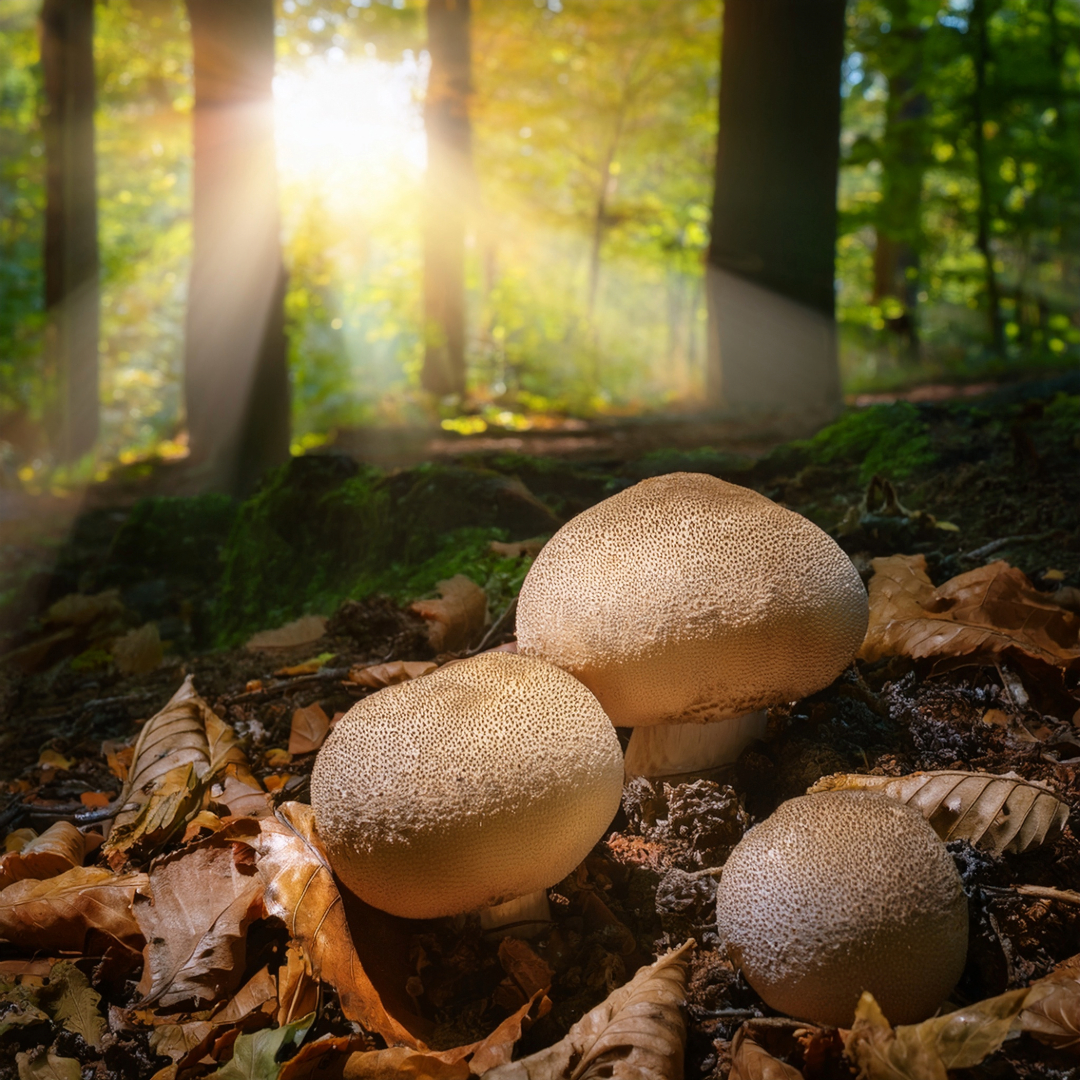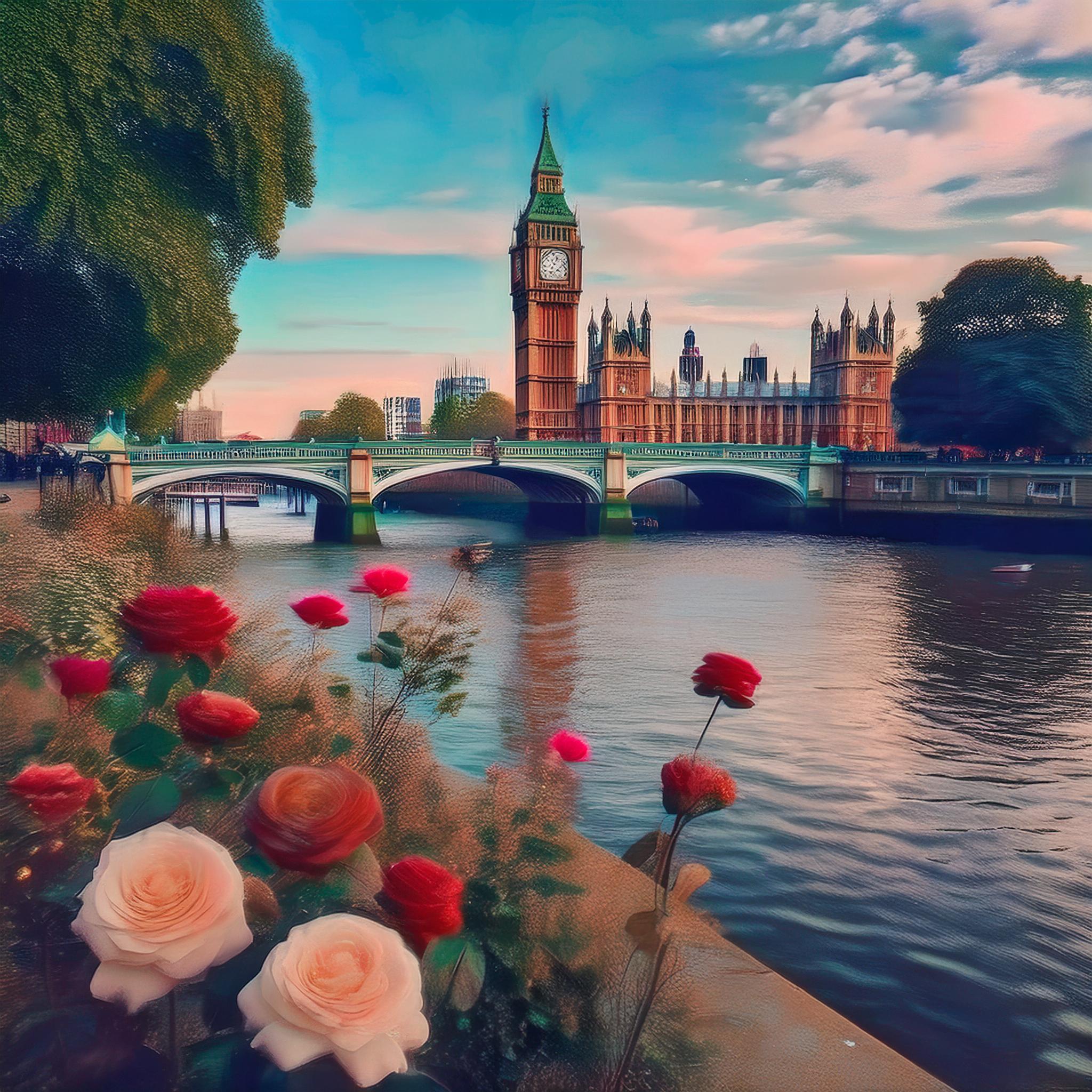
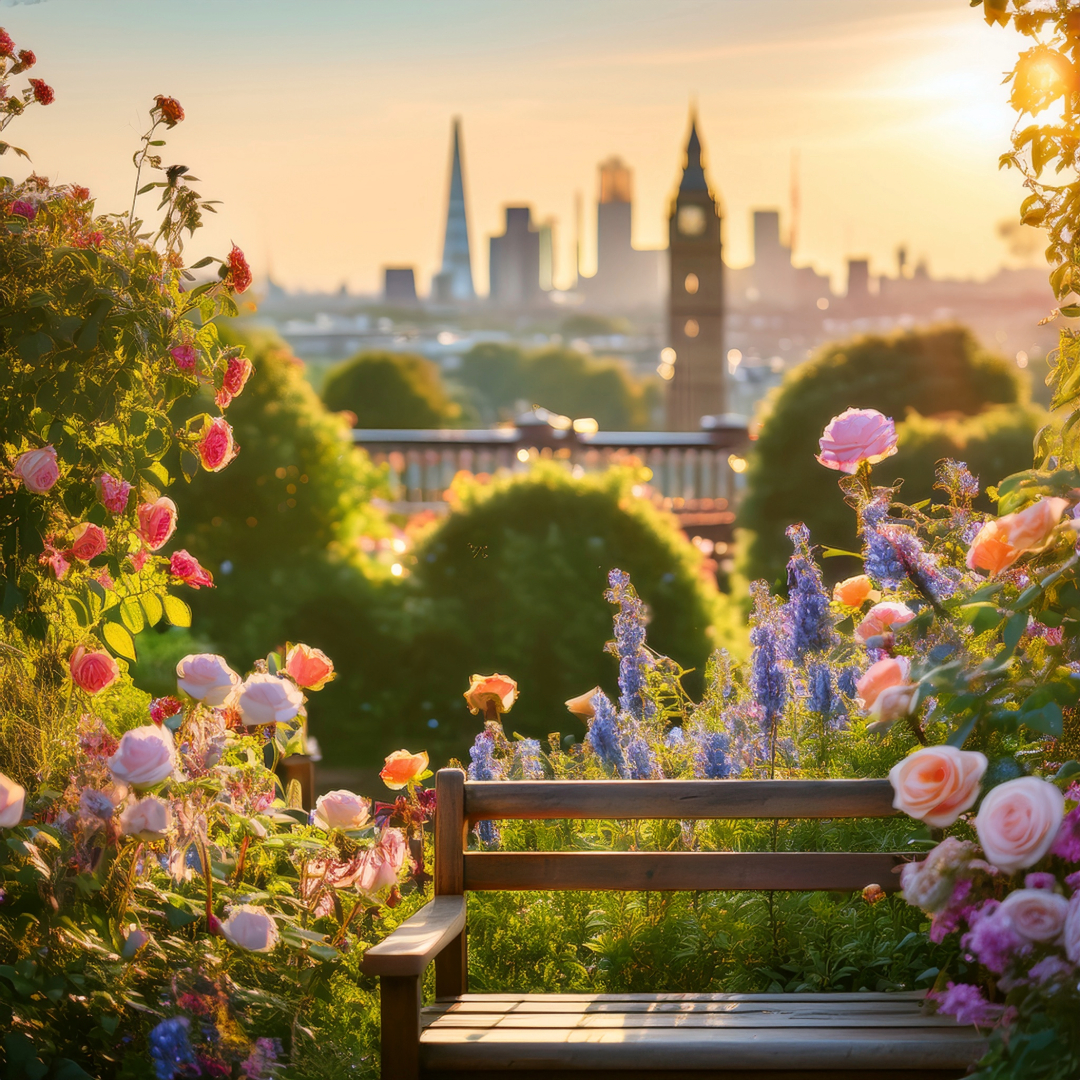
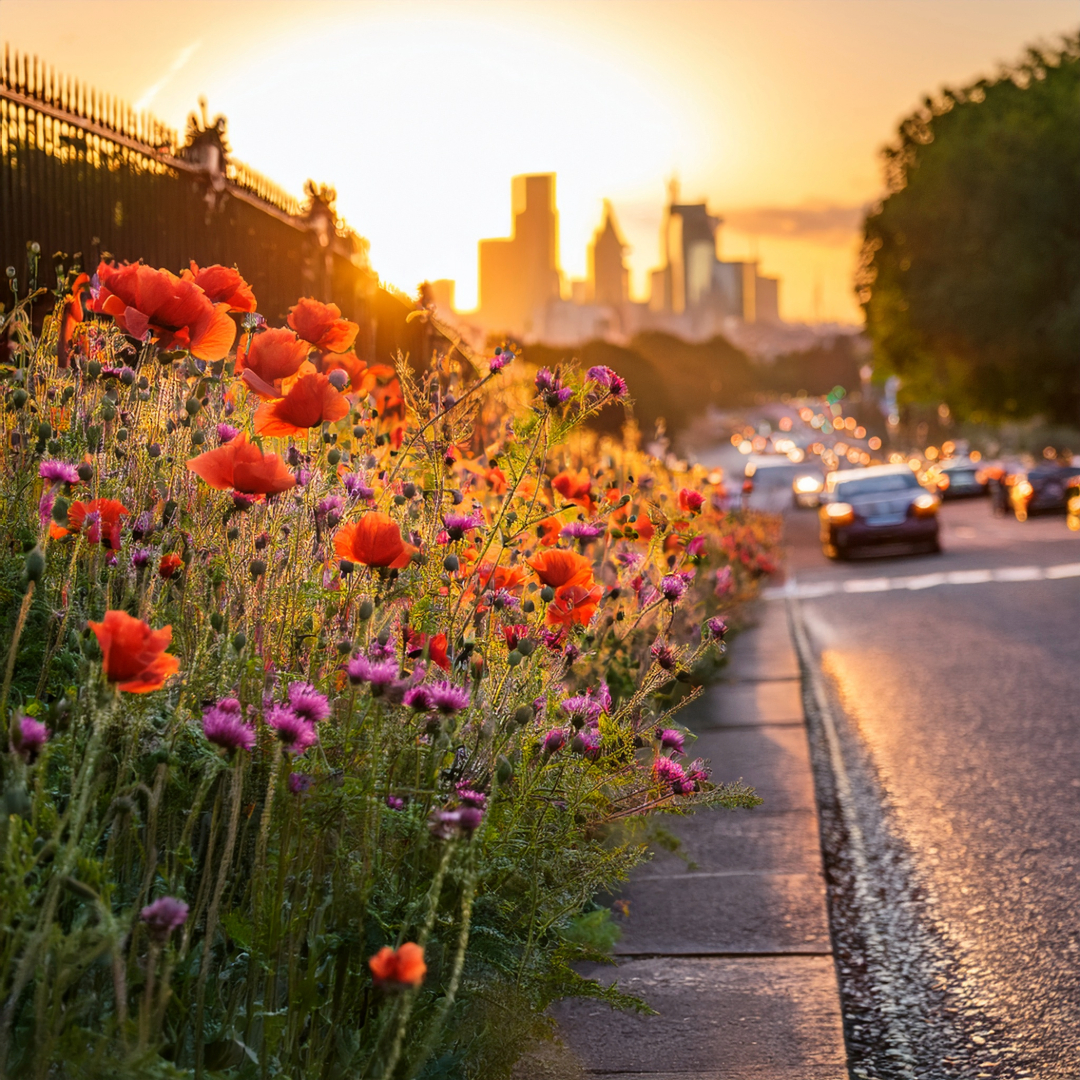
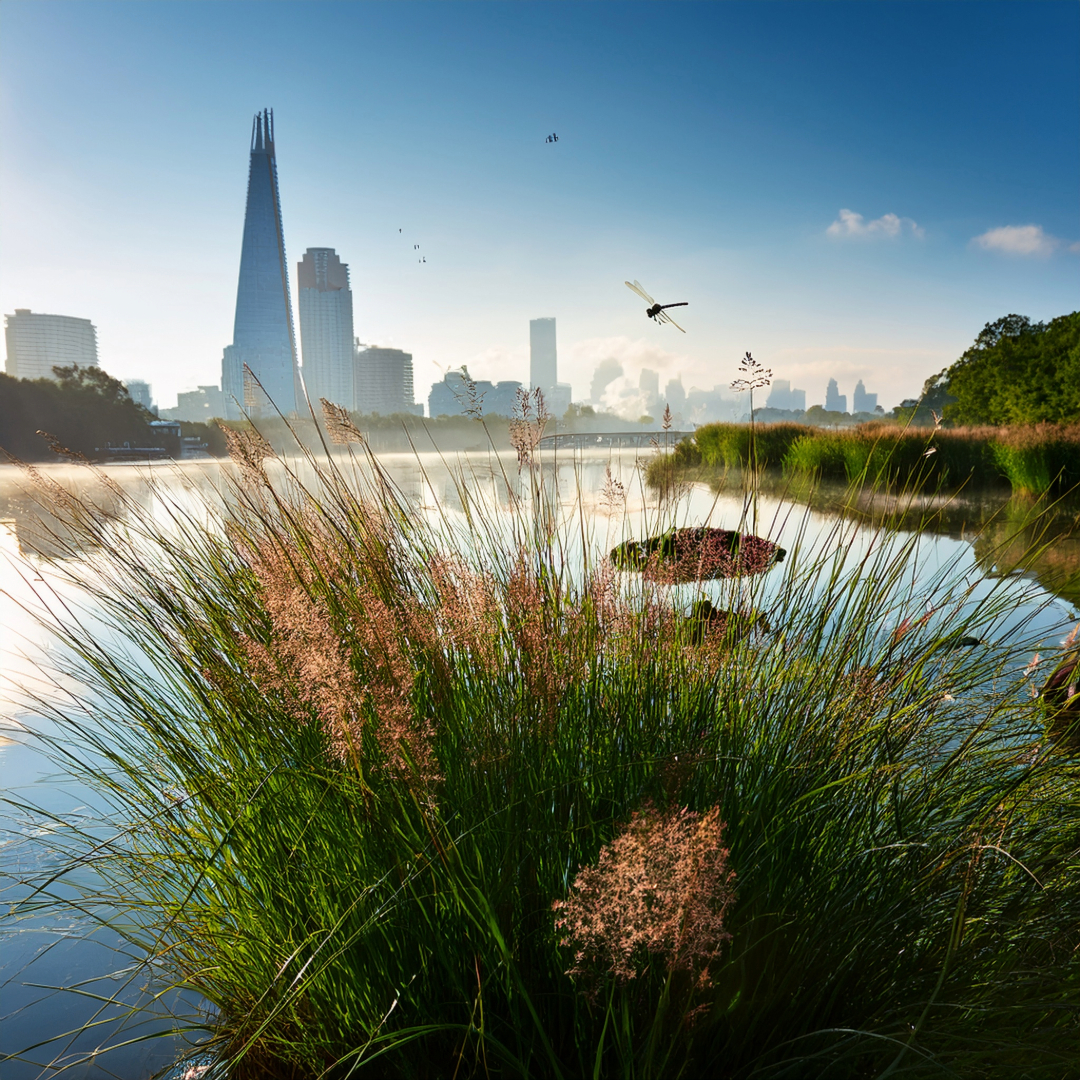
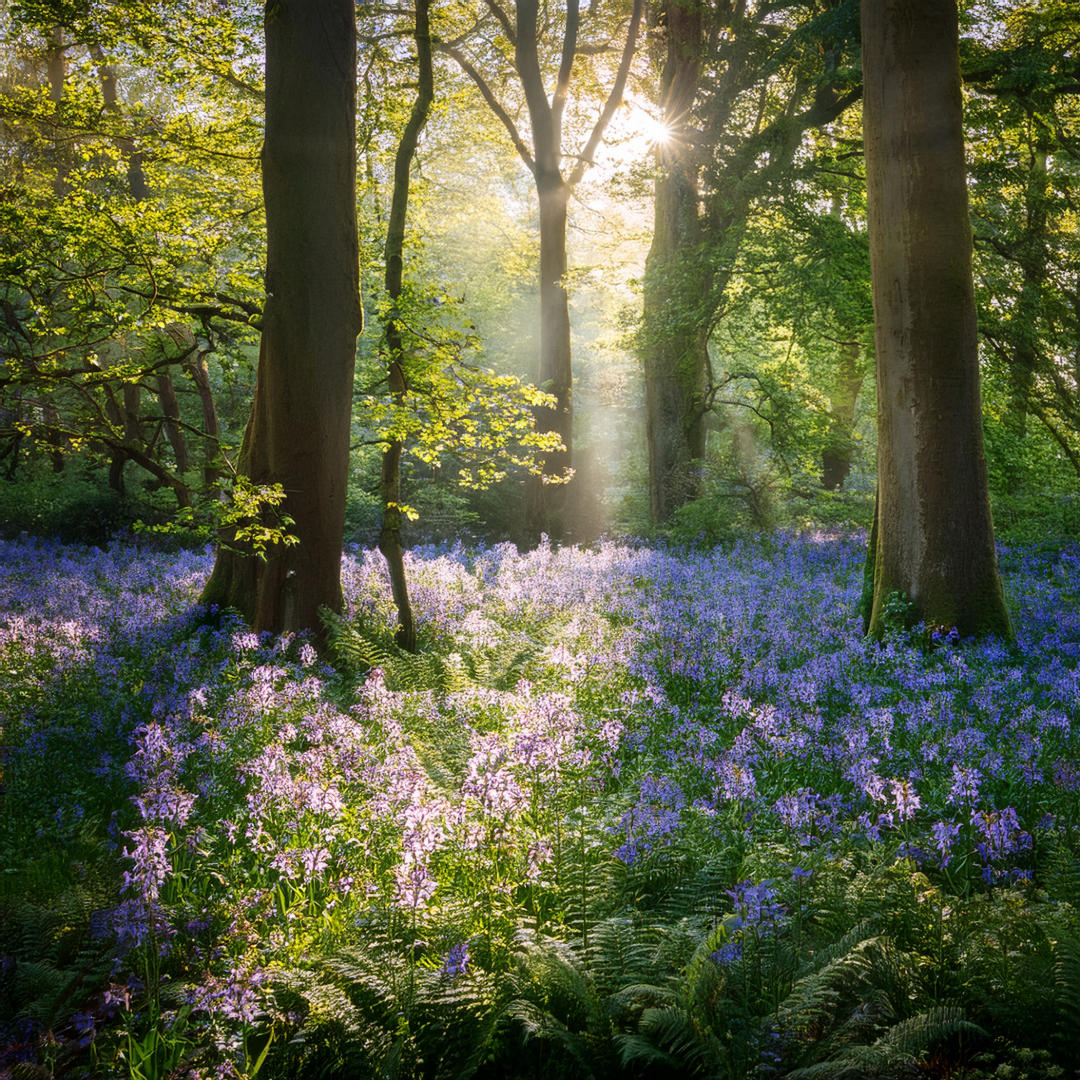
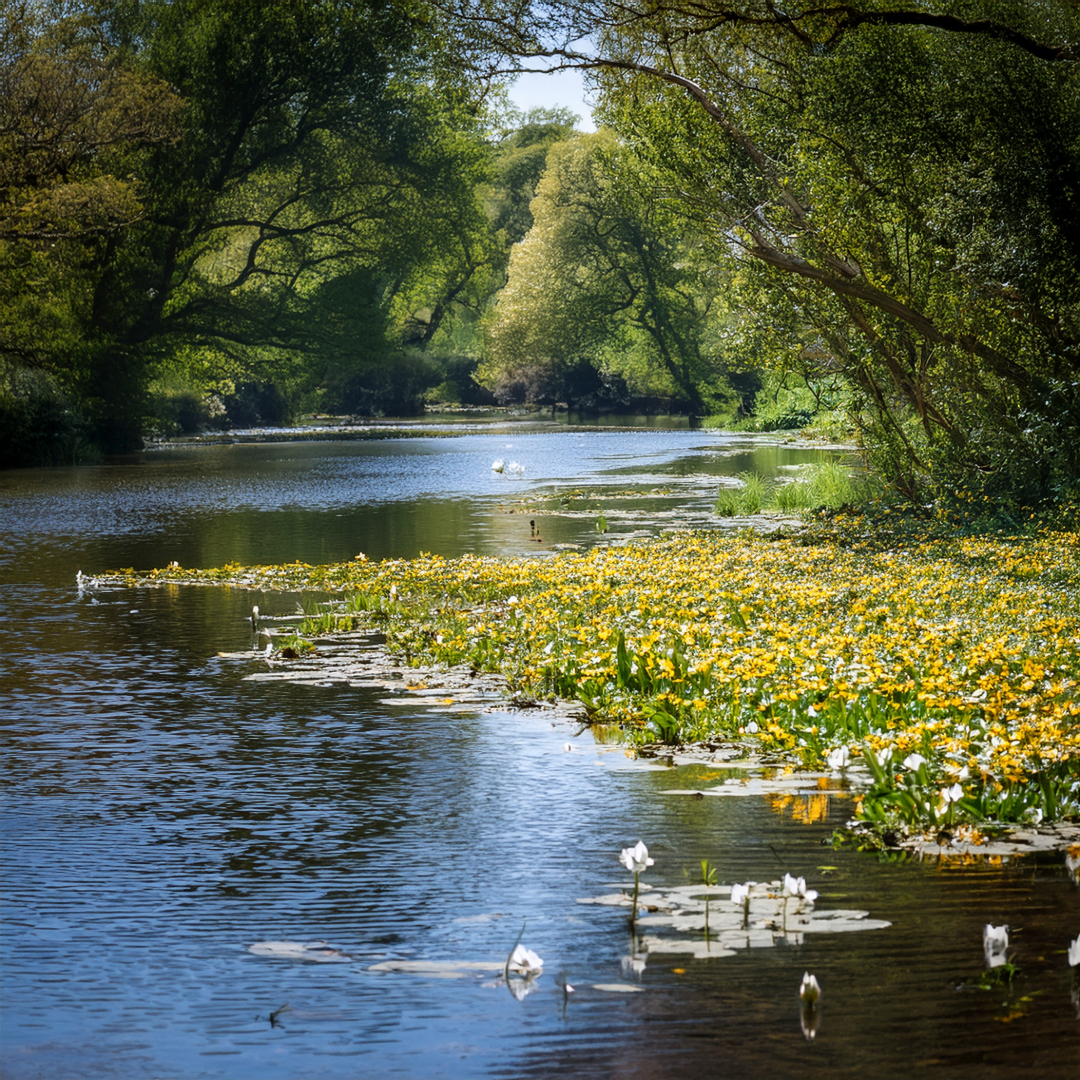
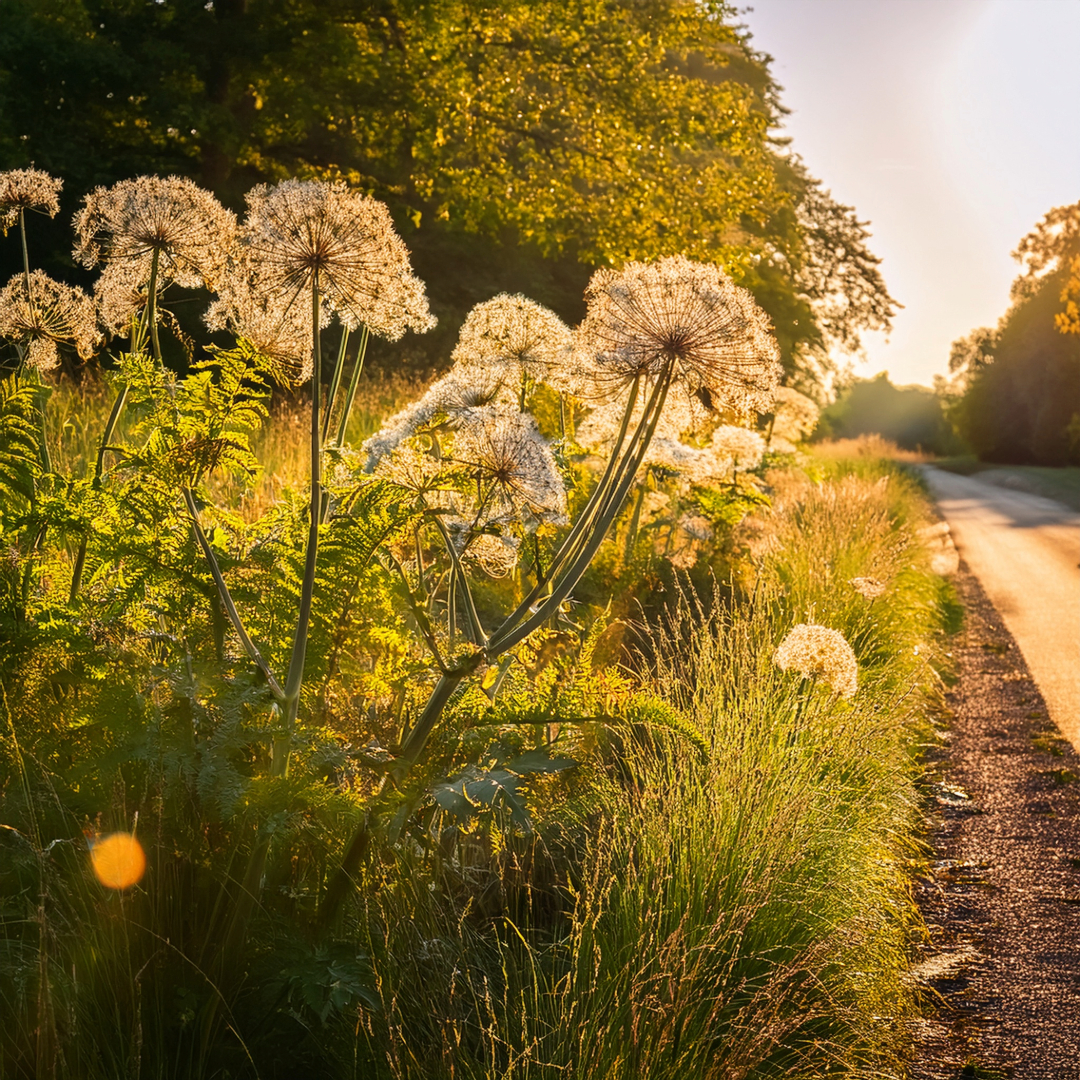
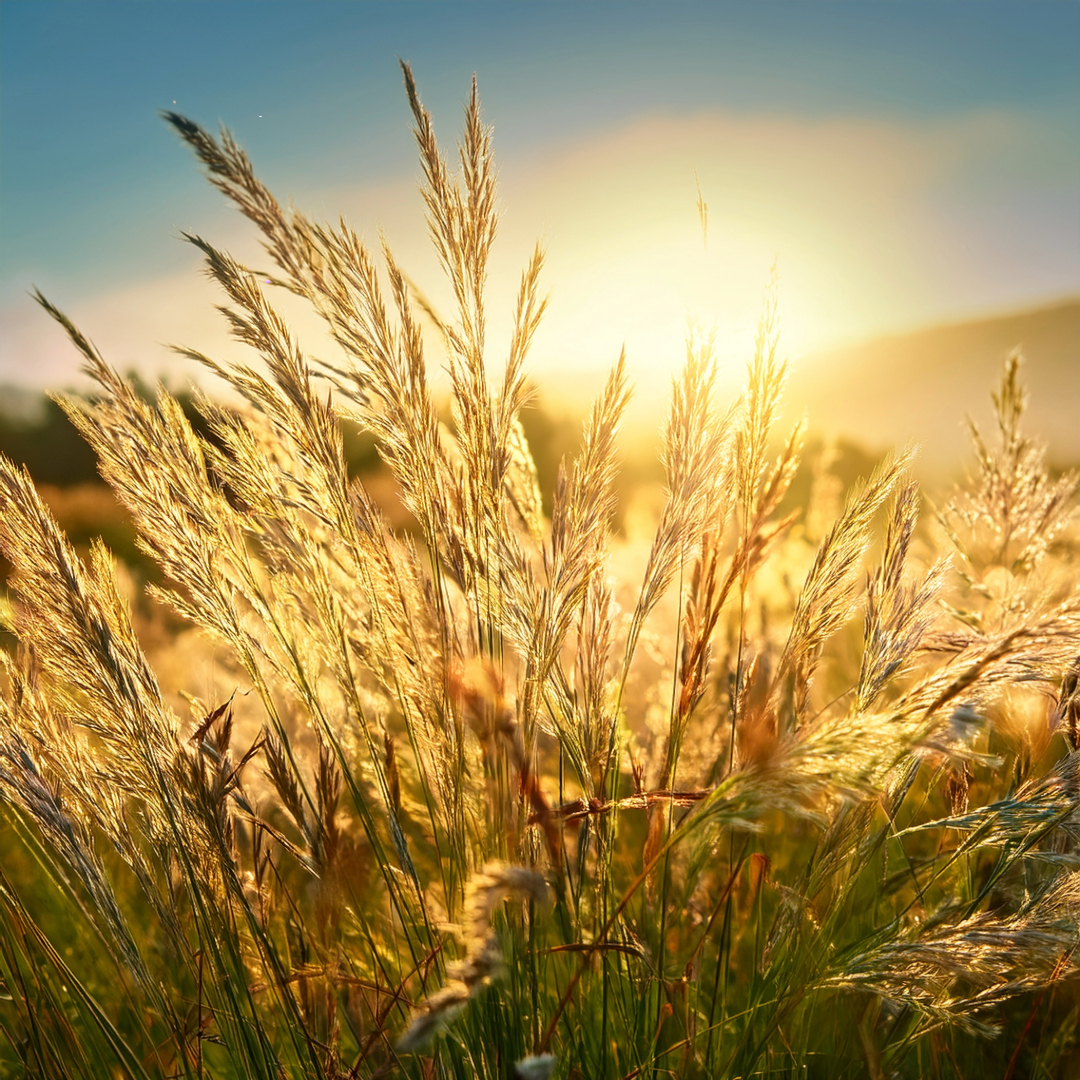
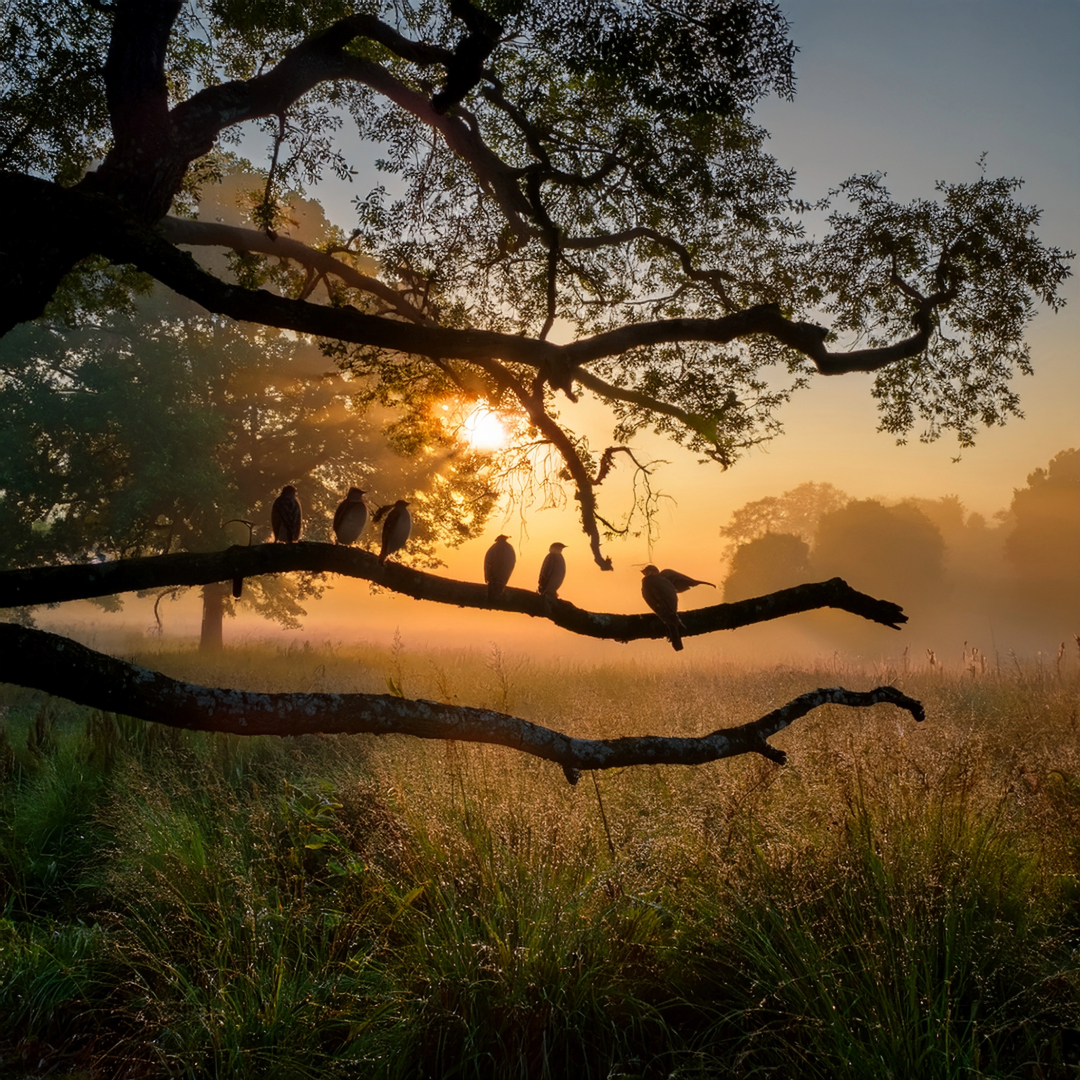
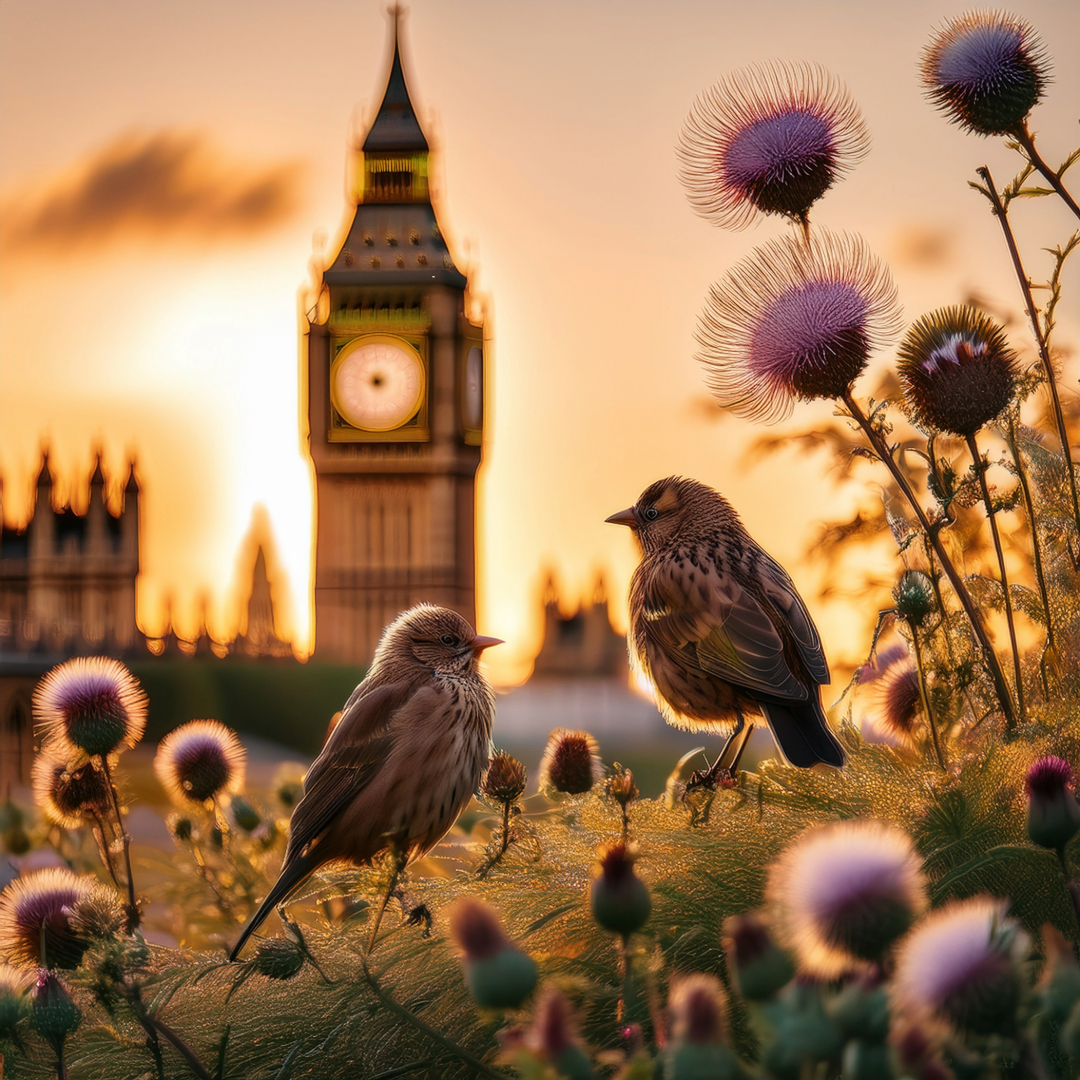
Return on June 11 to uncover the secret lives of London’s fledglings—their struggles, triumphs, and the surprising ways parents protect them. Don’t miss this intimate glimpse into nature’s most perilous and heartwarming season!
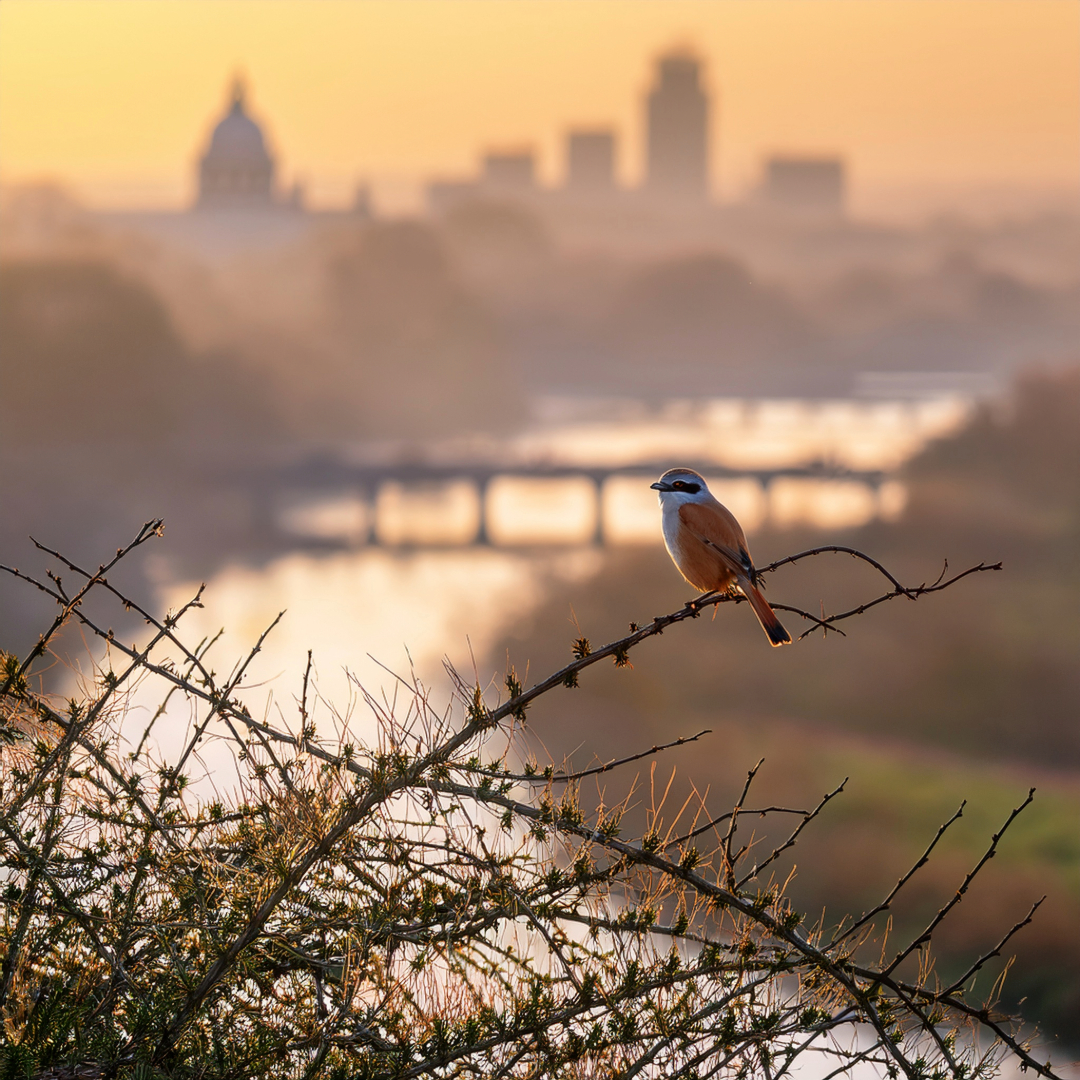
Why do some birds nest so late? Where do these wanderers go next? Return on June 12 to explore the hidden rhythms of London’s avian world—where second broods hatch, shrikes hunt, and ravens still haunt the Tower’s shadows.
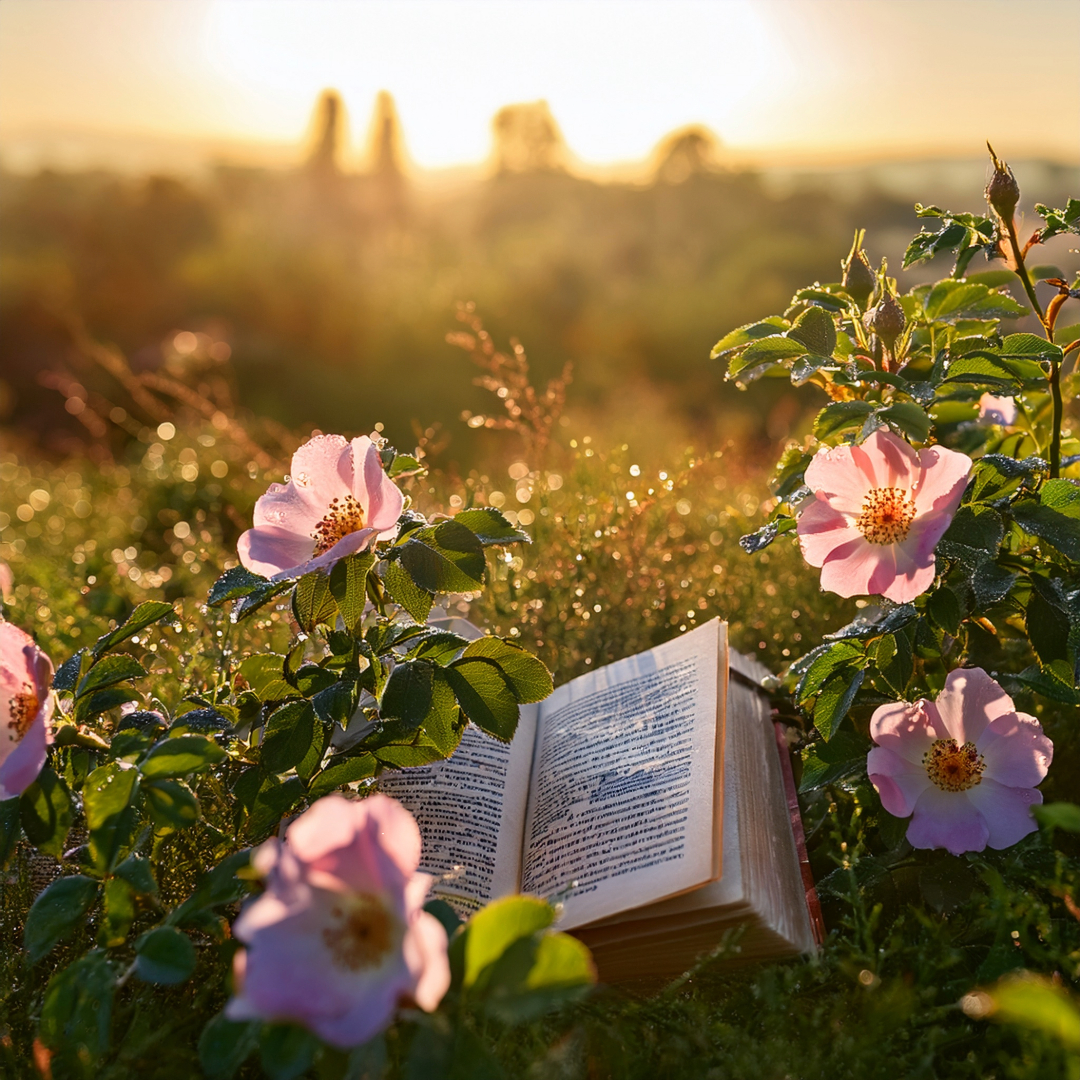
Why did Tudor gardens favour these blooms? Which rose still thrives on Barnes Common after 300 years? Return June 13 to uncover the secrets of London’s wild roses—where poetry, history, and thorns entwine.
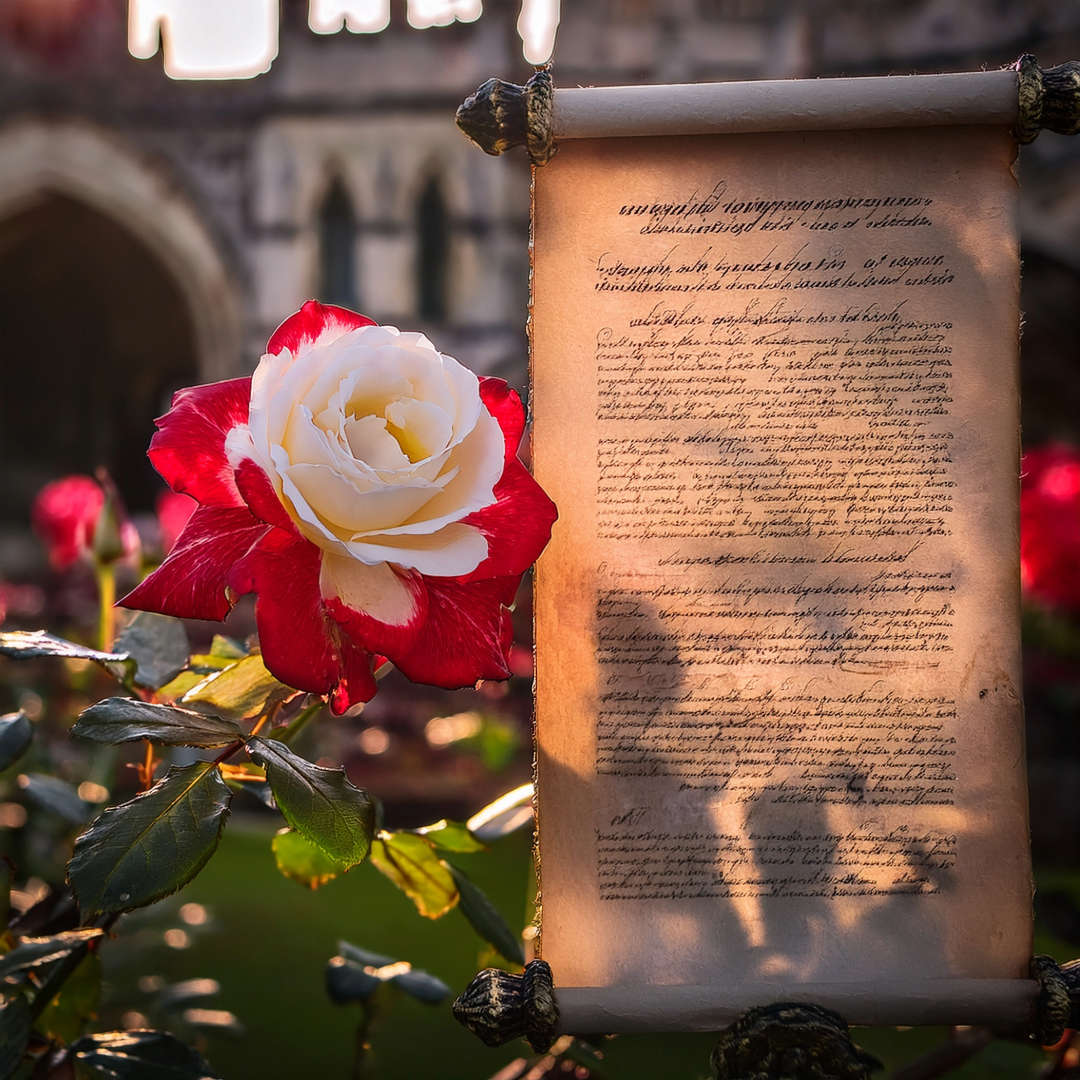
Why did Nero flood Rome with damask roses? How did a bishop grow them in Holborn? Return June 14 to trace the thorny, fragrant, and bloody journey of London’s garden roses—where every petal has a past.
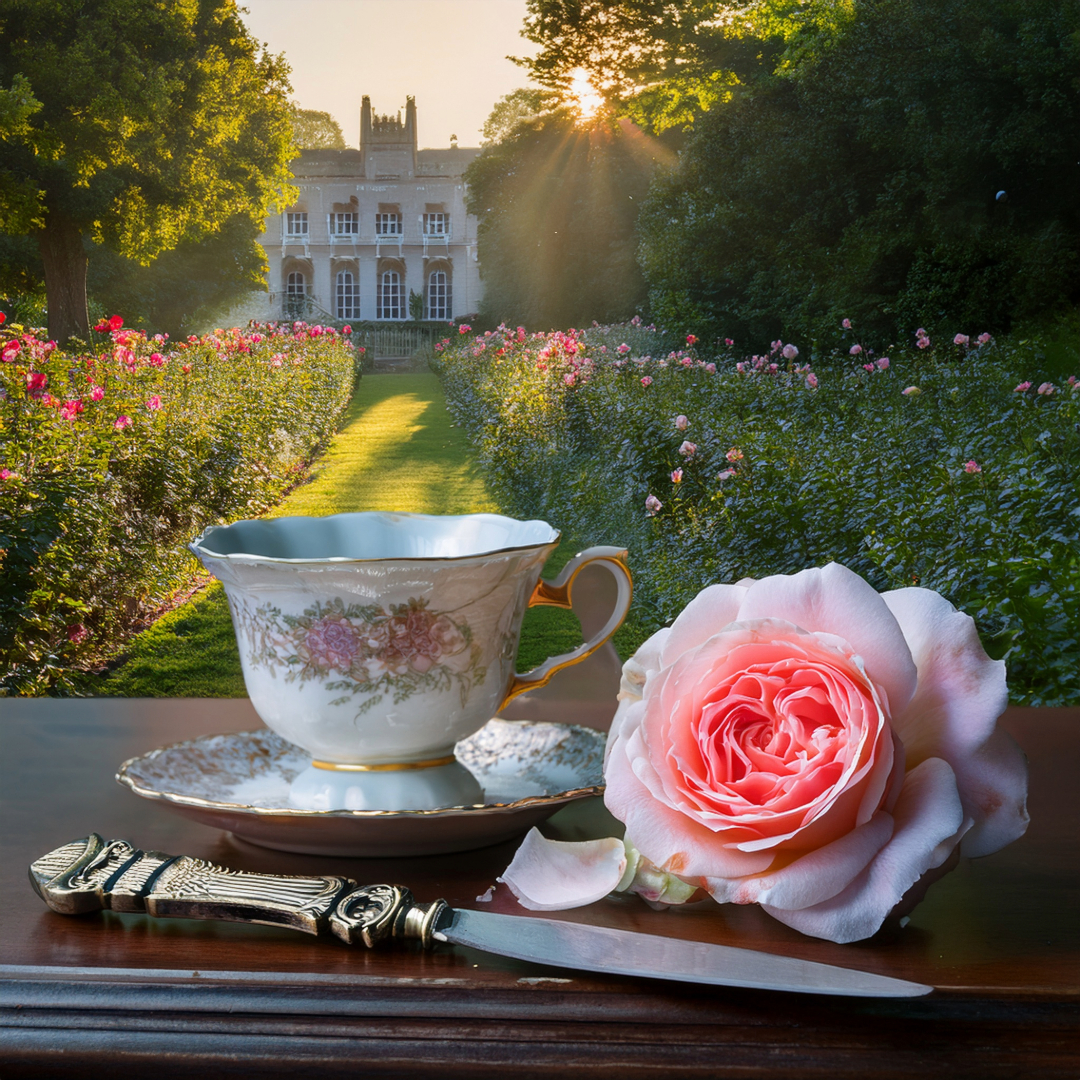
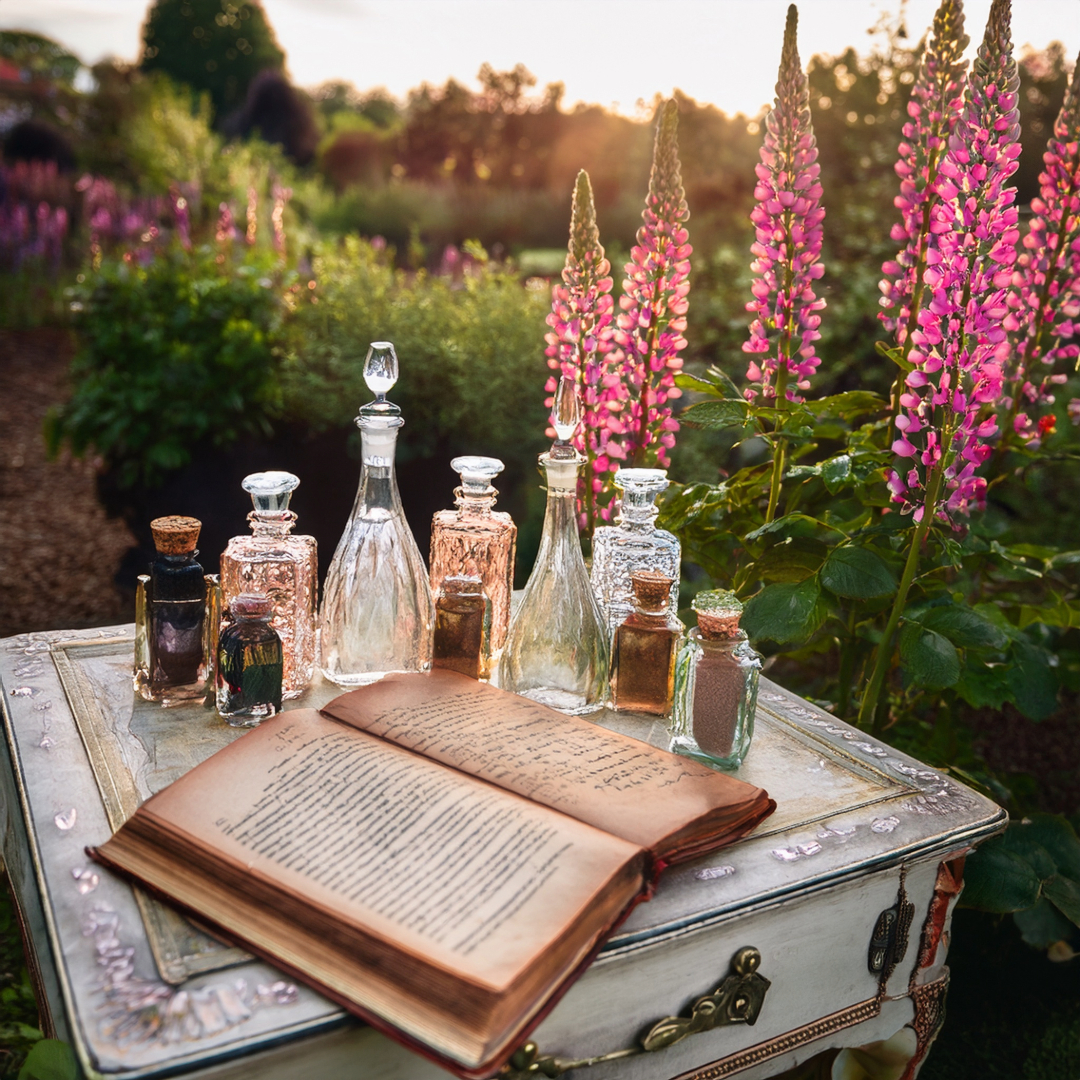
Why did Victorian collectors risk everything for rare blooms? Which rose smells exactly like violets or almond paste? Return June 16 to uncover the intoxicating science and history hidden in London’s petals.
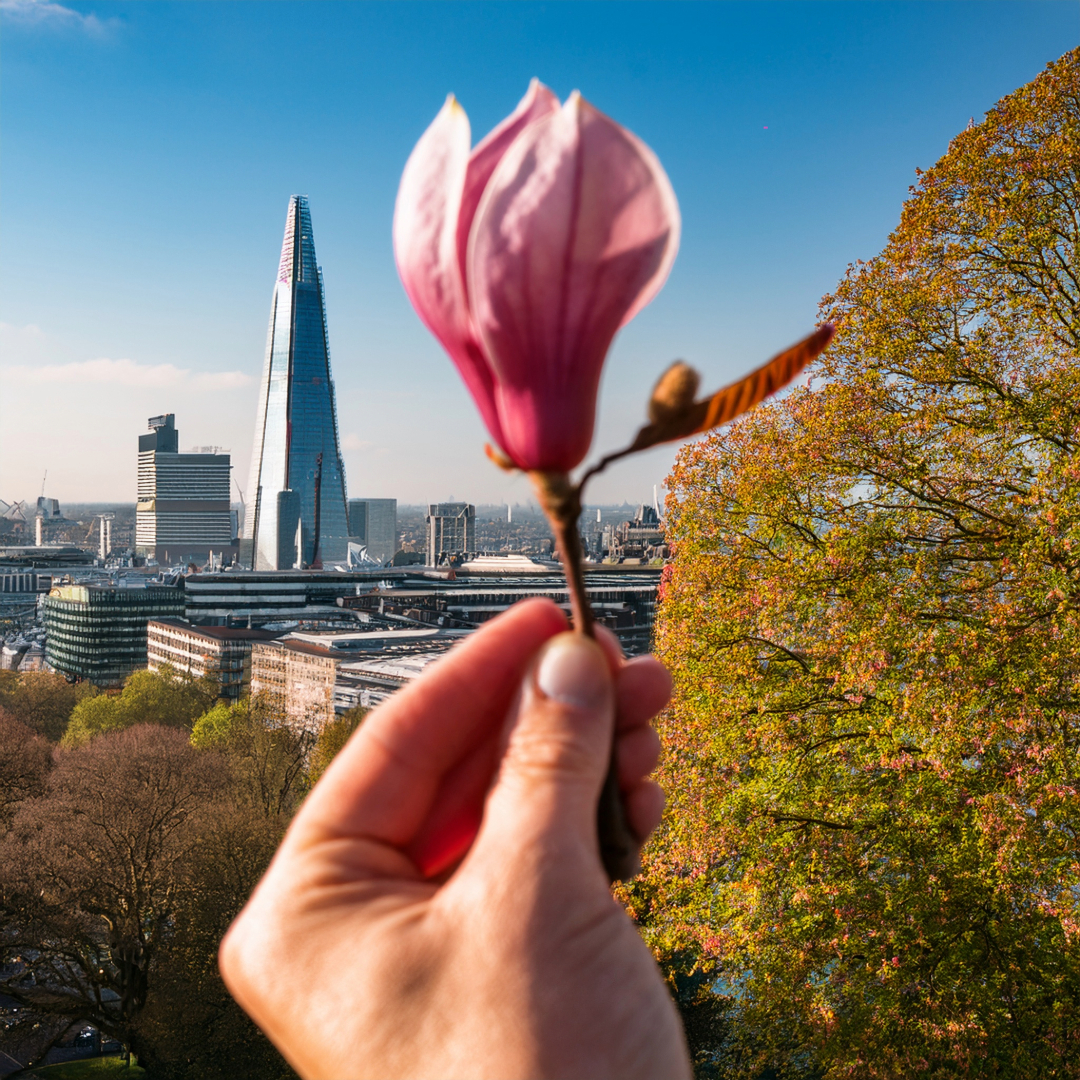
Why did Britain’s native oaks evolve such different leaves? Which tree’s flowers smell like honey and coffee? Return June 17 to decode the arboreal secrets woven through London’s streets.
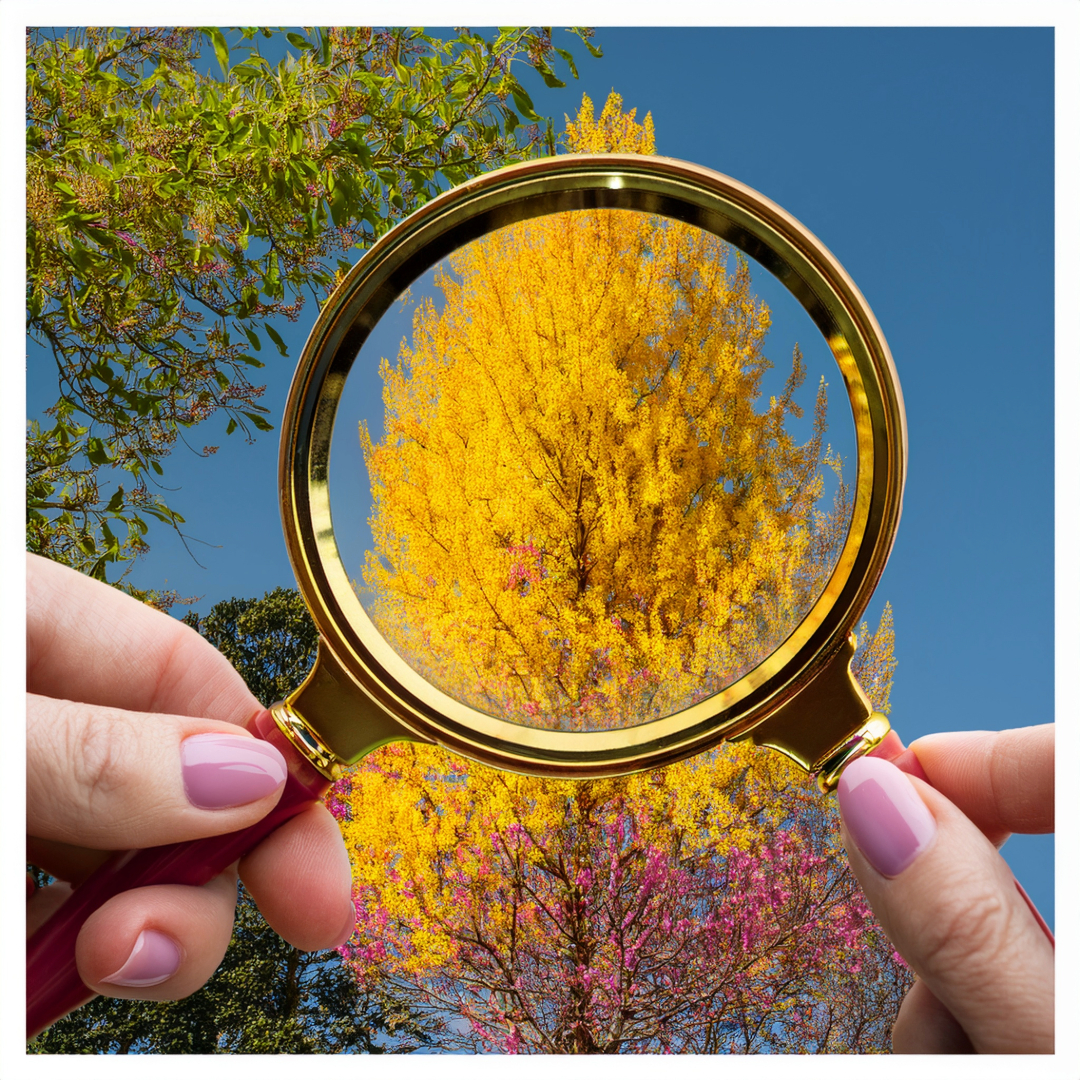
Why do hybrid poplars baffle even experts? Which willow’s inner bark glows sunshine yellow when scratched? Return June 18 to decode London’s most misunderstood trees—where identifying a leaf vein could rewrite your walk in the park.

What rare Himalayan shrub thrives in Richmond Park? Which plant’s seeds create snowstorms of fluff in June? Return June 19 to uncover the scandals, mistakes, and sensory overload hidden in London’s shrubbery.
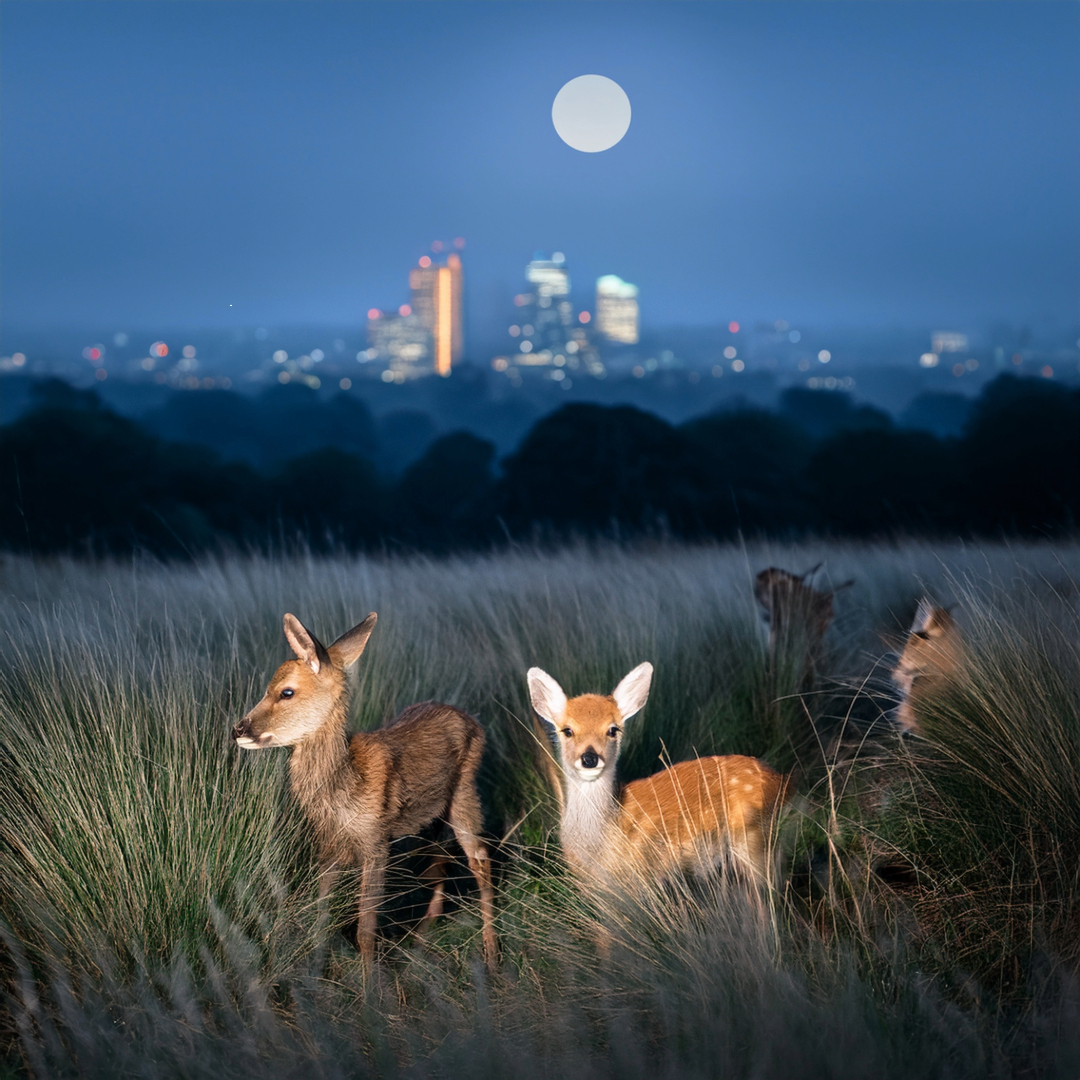
Return June 20 to witness the tender, fierce, and sometimes smelly lessons of London’s wild families.
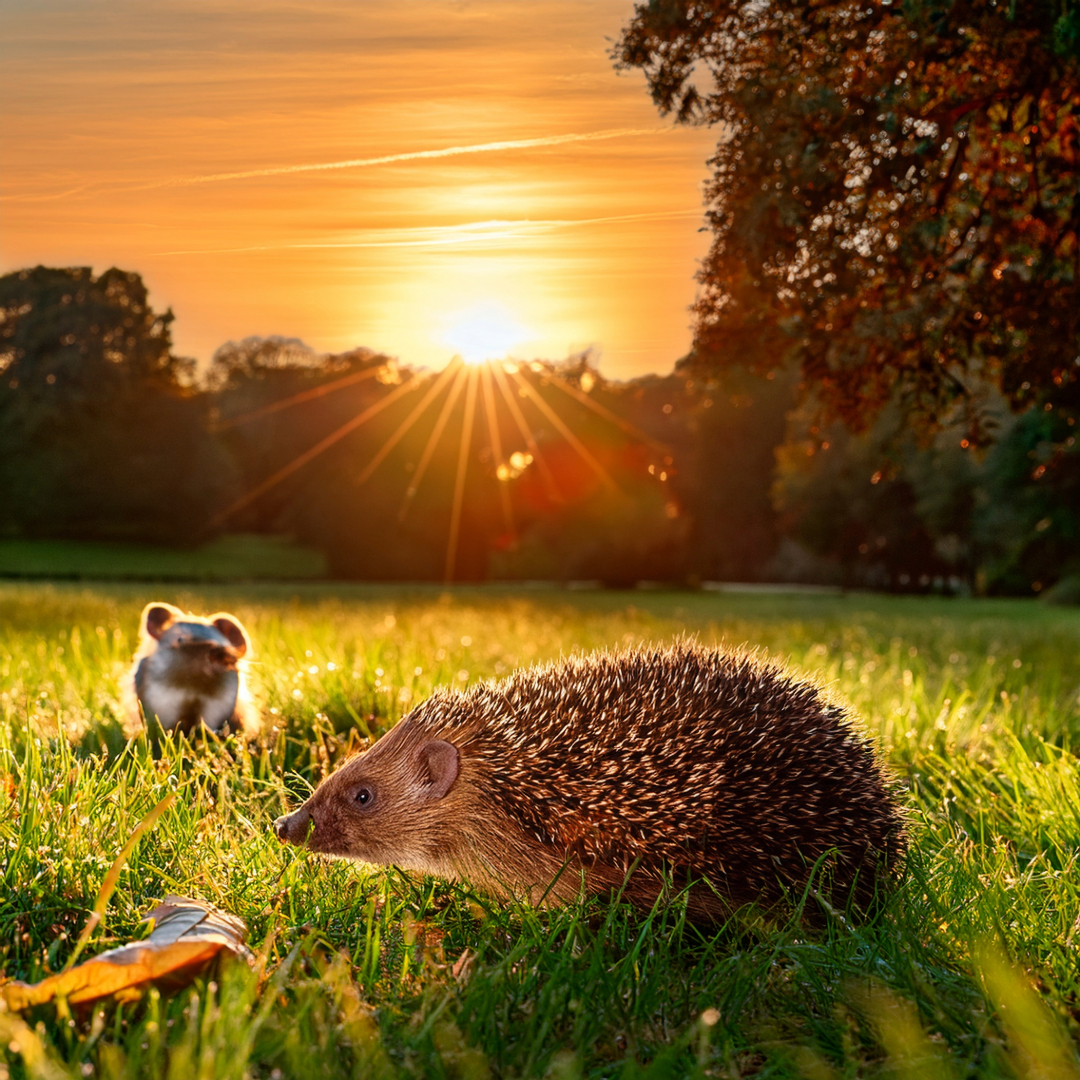
Return on June 21st to uncover the hidden dramas of London’s wildlife in our exclusive article. From sunbathing squirrels to stoat hunting parties, discover the city’s wild side at its peak.
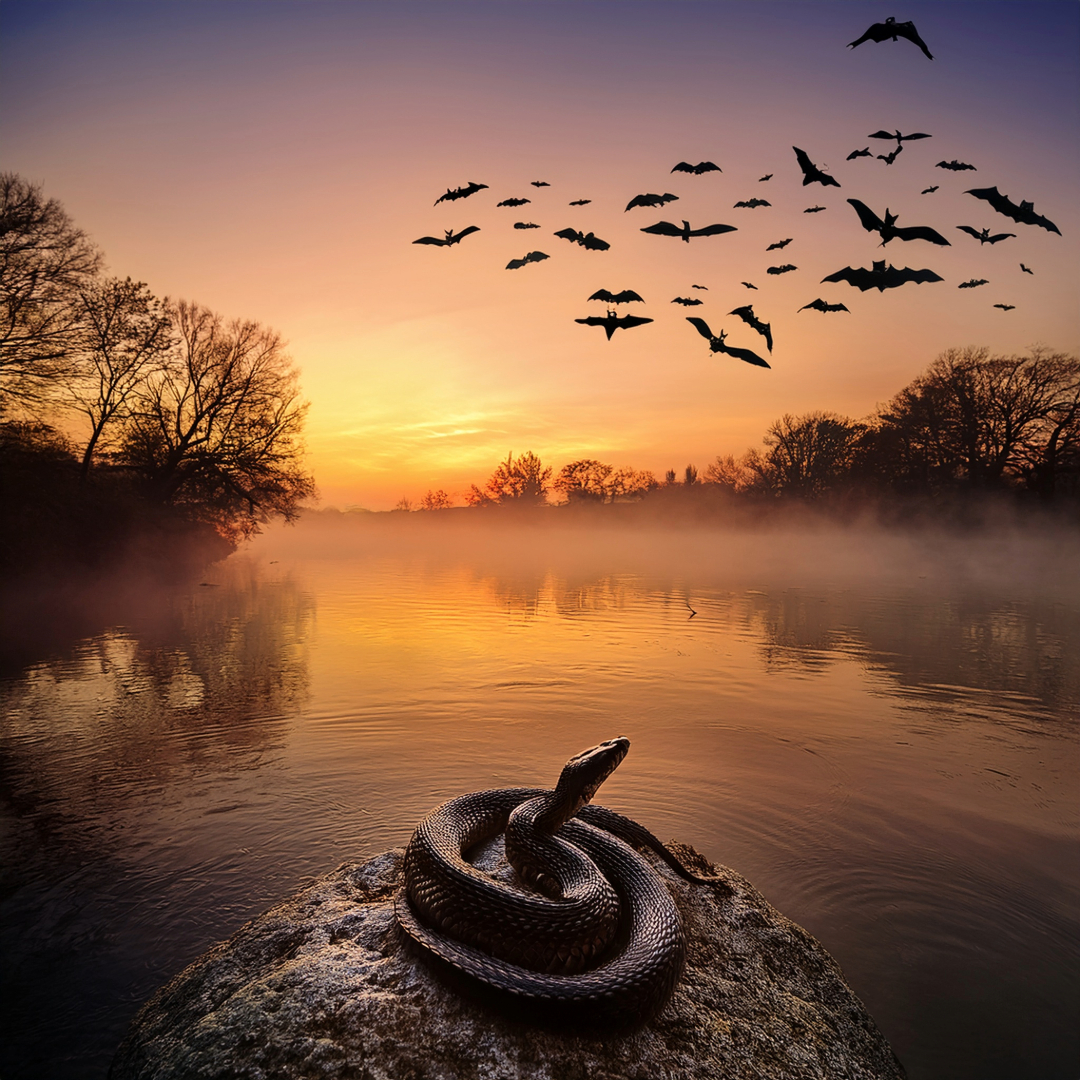
Return on June 22nd to uncover the secrets of London’s nocturnal and aquatic life. From rare horseshoe bats to adder births, discover the wild dramas unfolding just beyond the city’s glow.
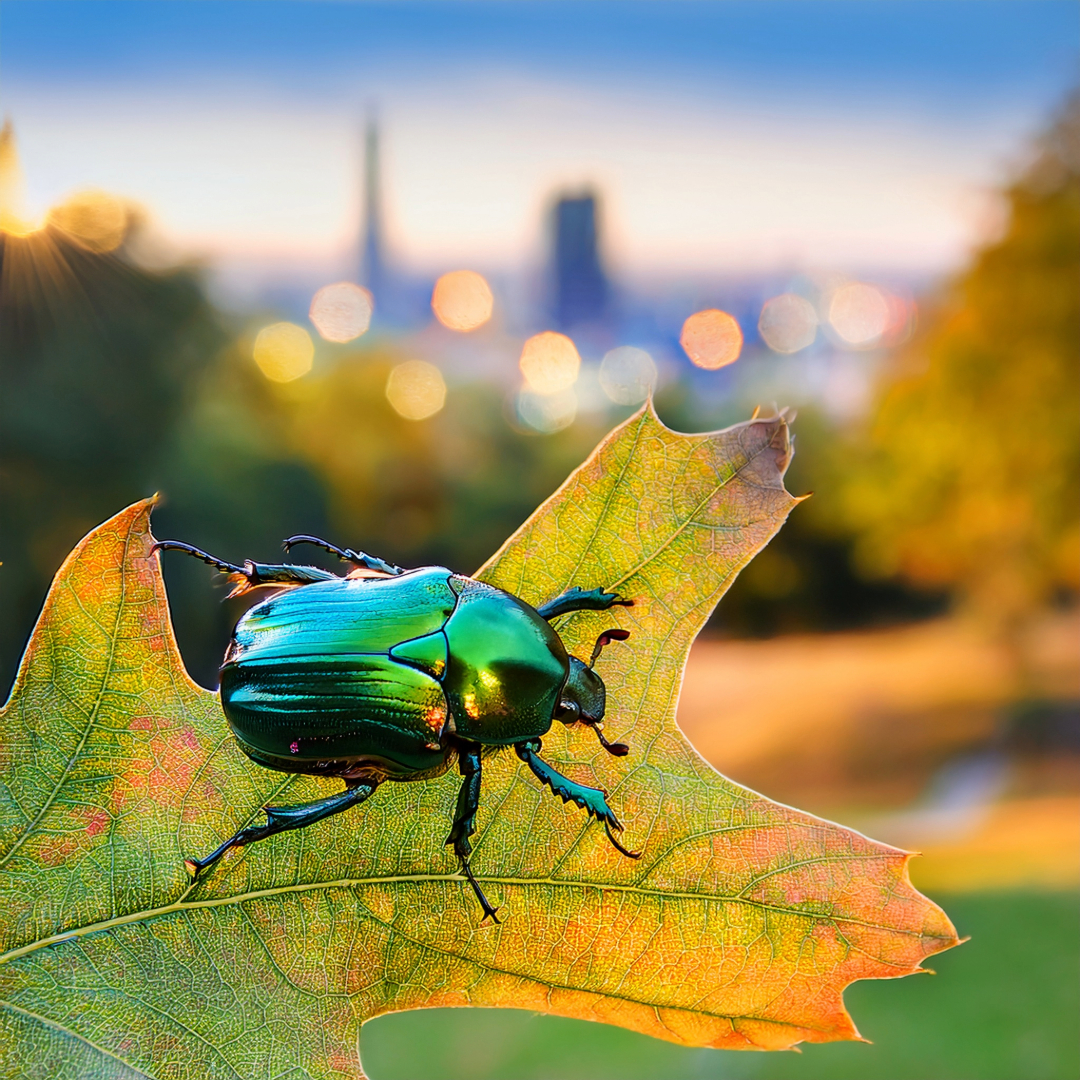
But how many have you spotted? On June 23rd, we’ll dive into London’s beetle mania, uncovering rare rove beetles, dung-loving Minotaurs, and acorn-weaving weevils. Mark your calendar—this is one bug hunt you won’t want to miss!
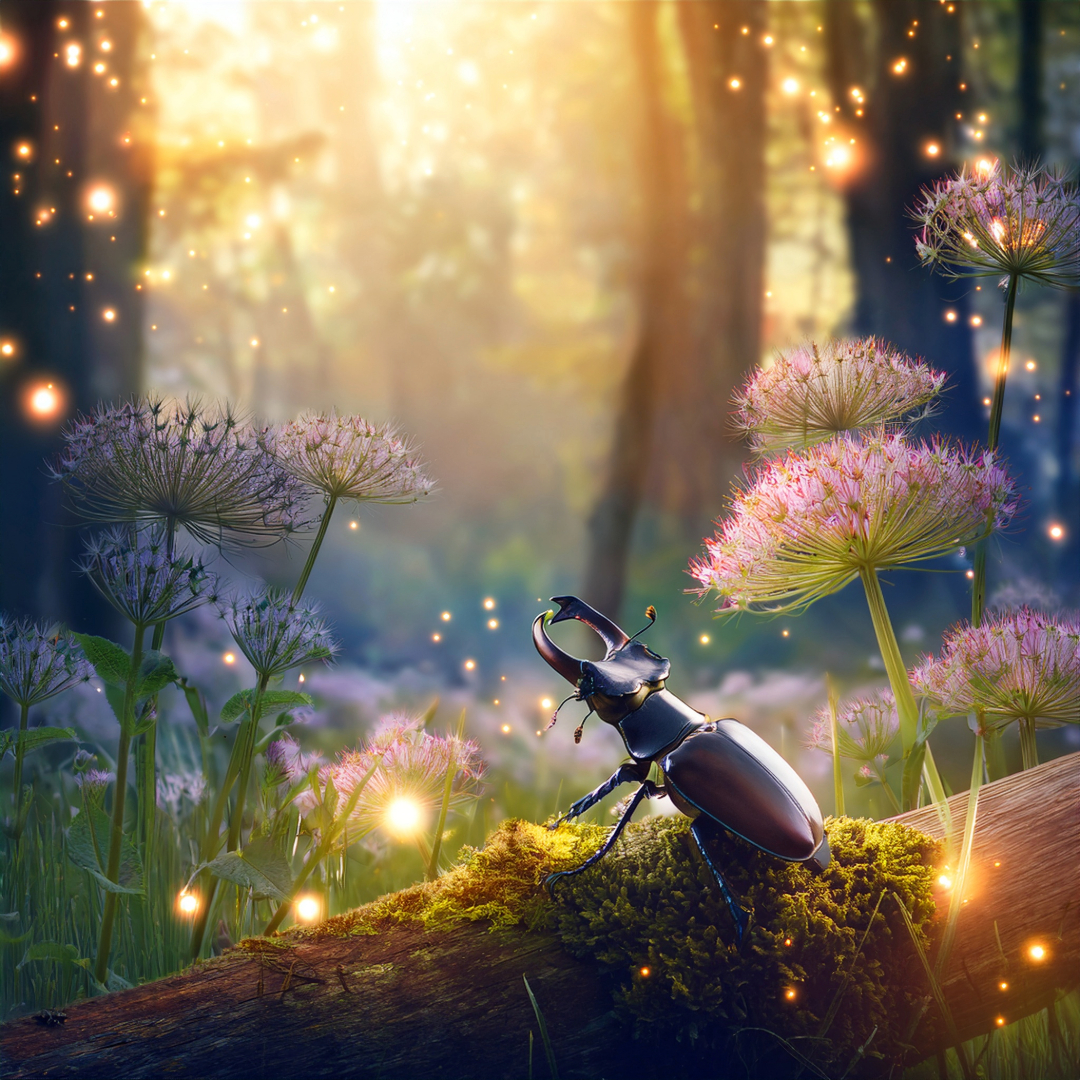
Return on June 24th to uncover the mysteries of Midsummer and meet London’s most extraordinary beetles—iridescent pollinators, fire-carriers, and golden "snitches" of the meadow. Don’t miss this celebration of myth and minibeasts!
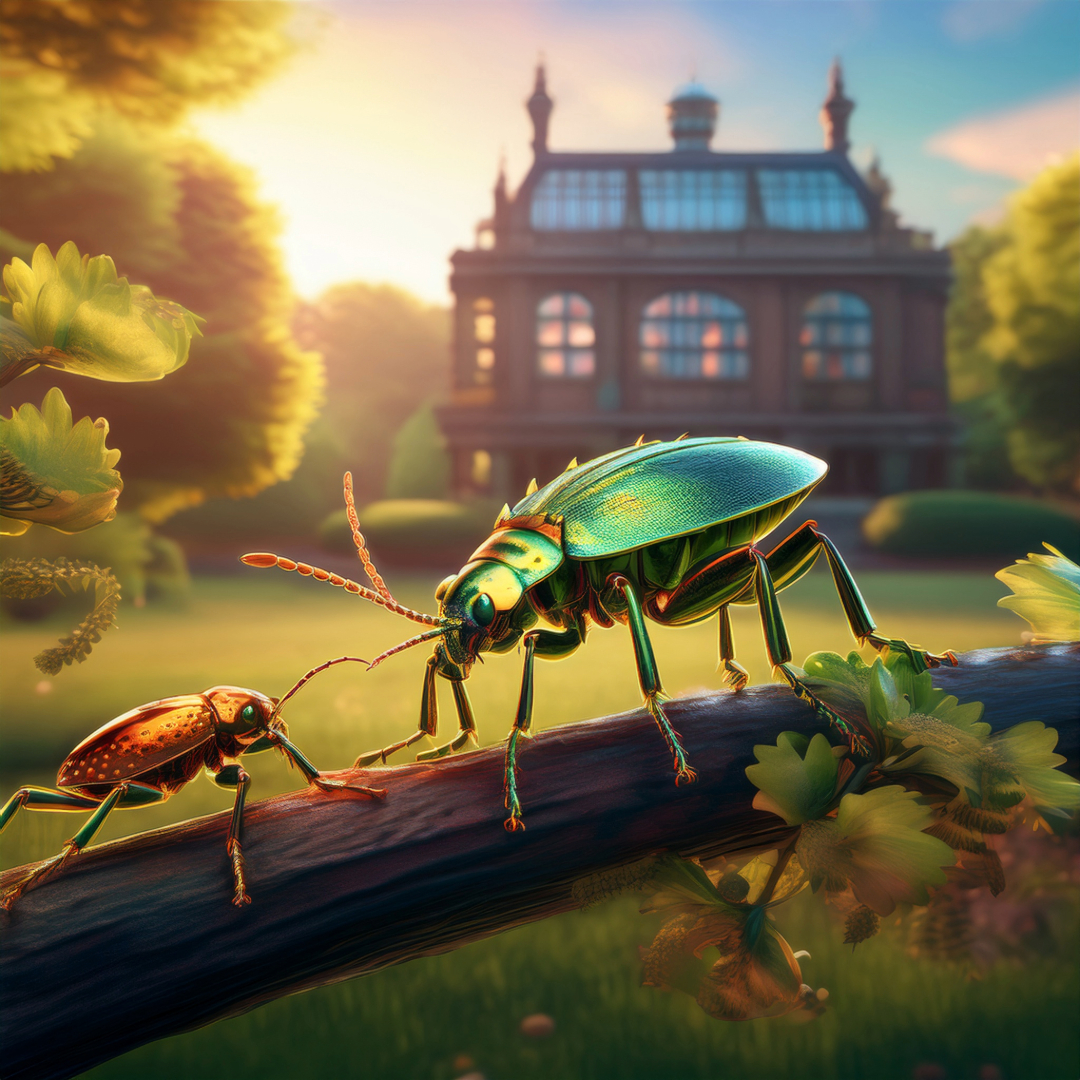
Return on June 25th to explore the secret lives of London’s true bugs—lace-winged tricksters, moss-eating royalty (yes, even in Buckingham Palace), and stinkbugs that smell like rancid almonds. Discover where to spot them, from Bushy Park to Beddington’s unlikely bug hotspot: a sewage works!
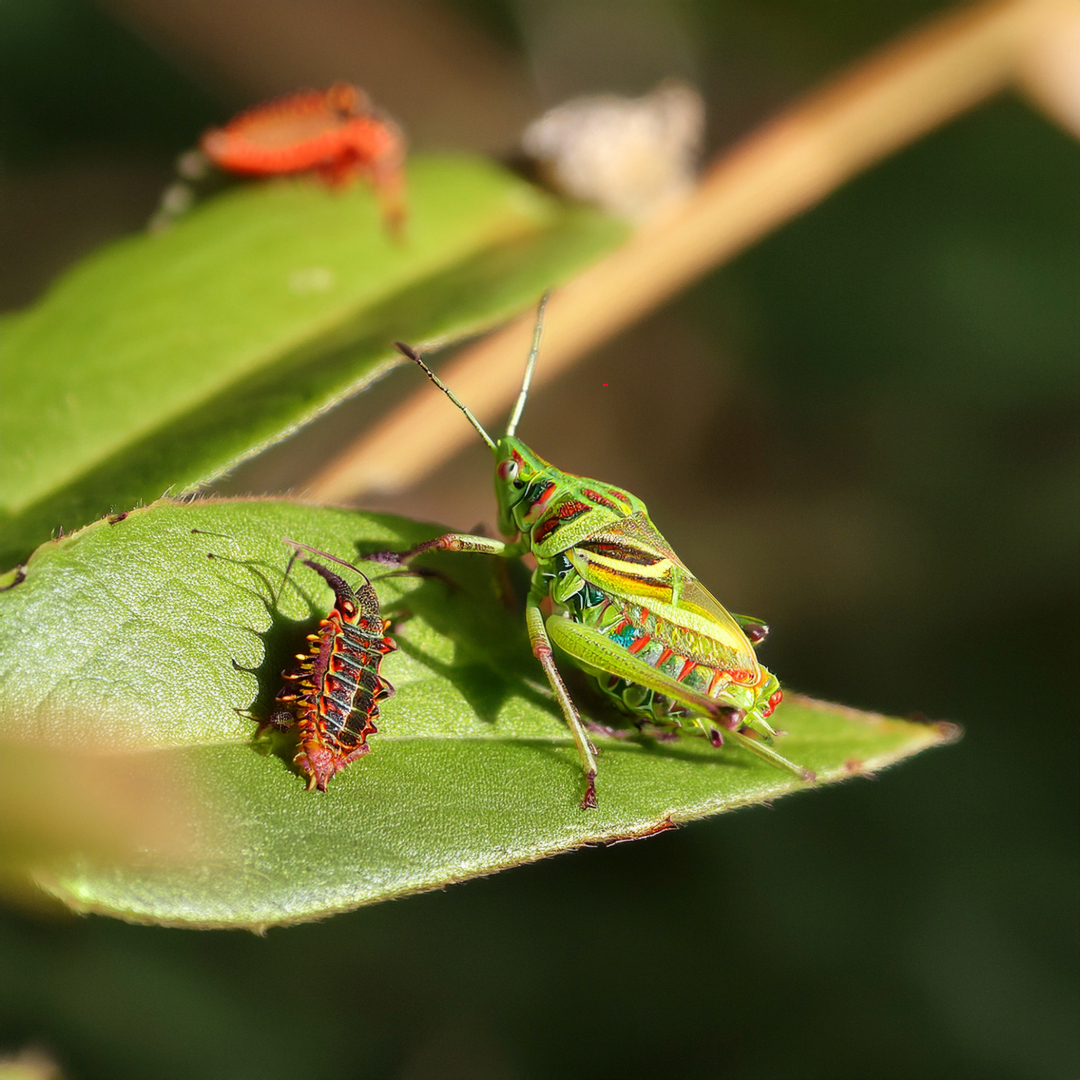
Return on June 26th to uncover the hidden world of flower pirates, pine cone vampires, and scale insects that vanish into bark. Discover where to spot them—from Buckingham Palace’s leafhopper elite to the Oxshott woods’ flat-as-paper bark bugs. Beware: these tiny predators pack a piercing bite!
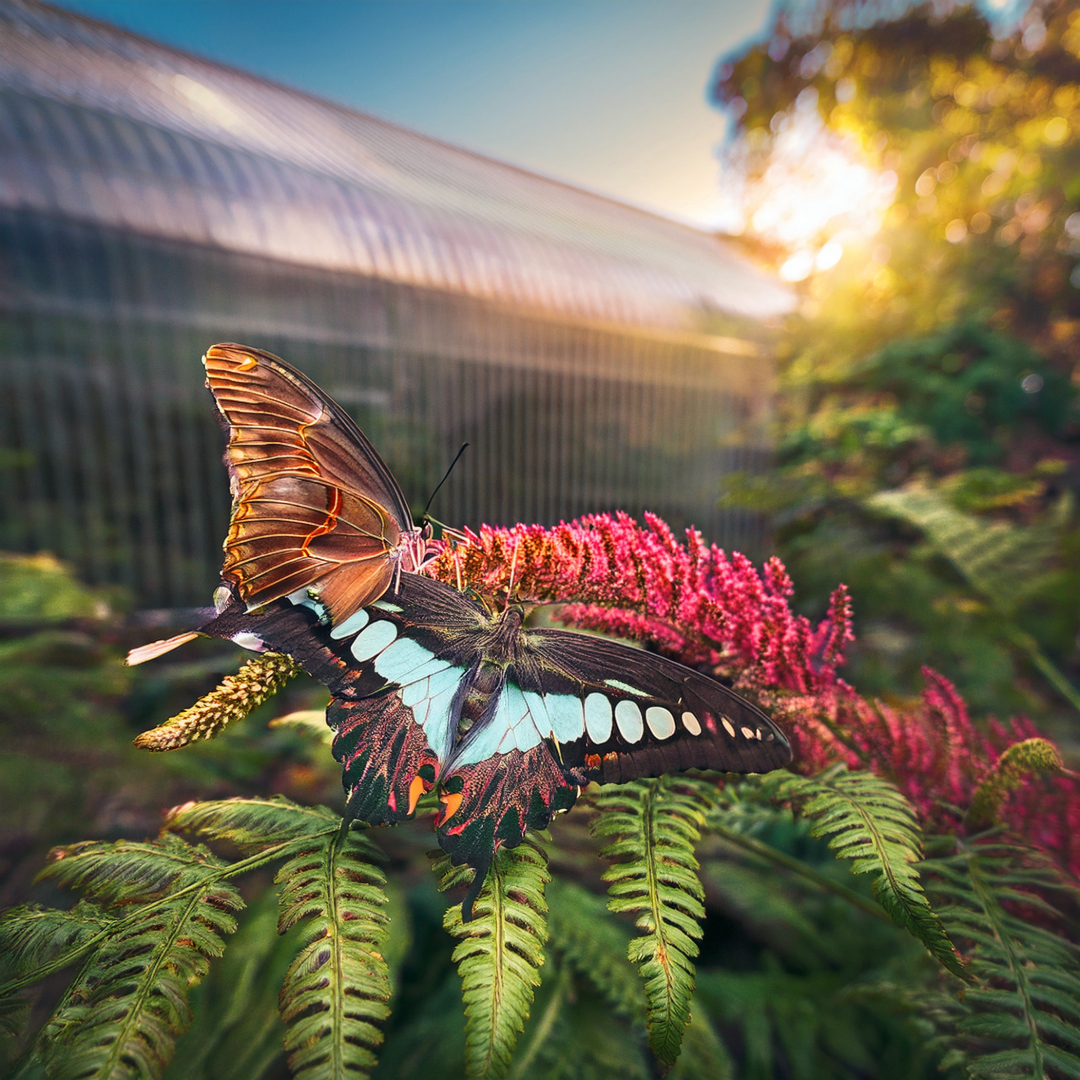
Return on June 27th to explore the city’s kaleidoscope of Lepidoptera: vanishing small blues, paintbrush-patterned admirals, and ghost moths that hover like specters at dusk. Discover where to find them—from Morden’s mauve common blues to Denbies’ fritillary rarities—and the tragic decline of once-common tortoiseshells.
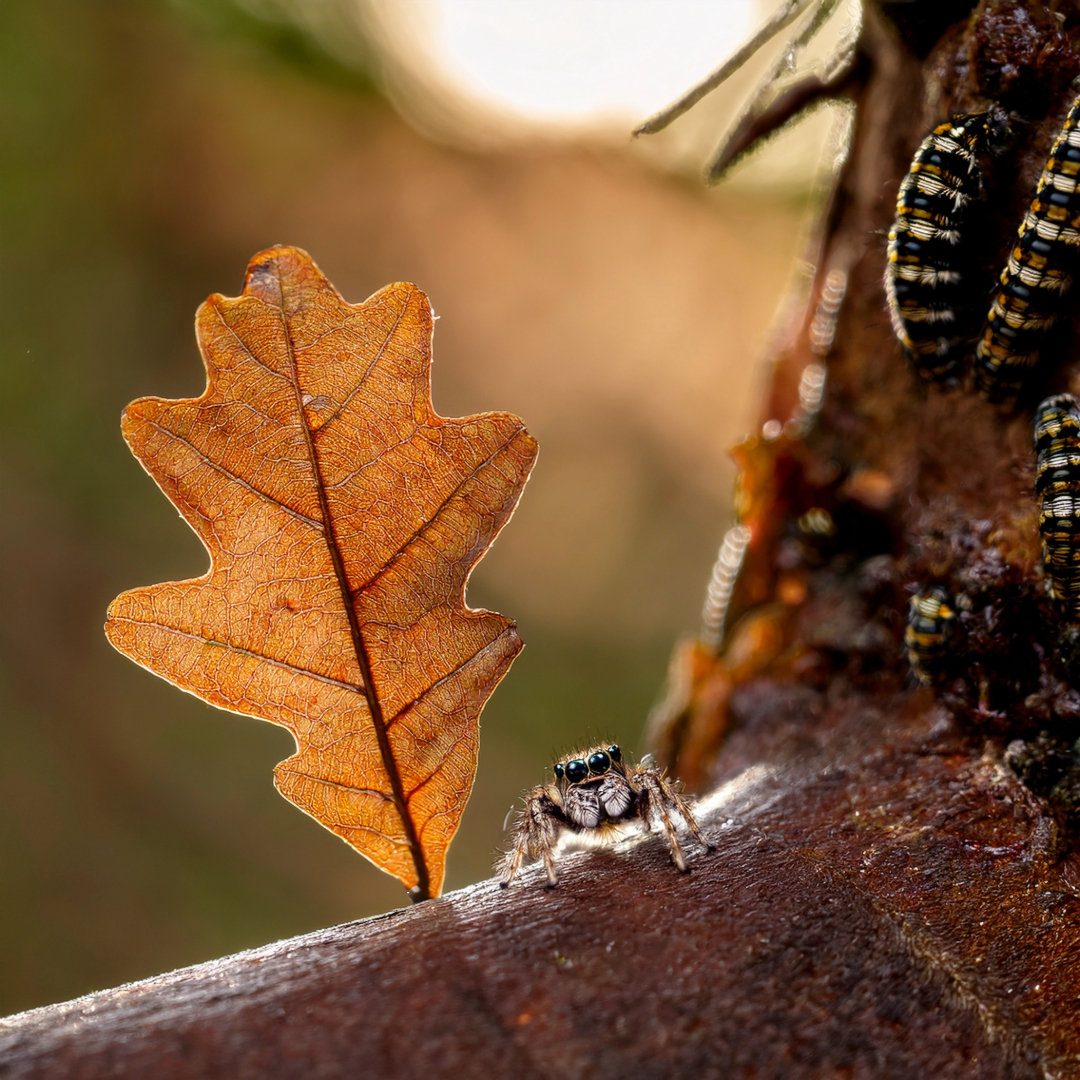
Return on June 28th to uncover the city’s most astonishing arachnids and caterpillars: vibrating suitors, "nursery web" mothers, and geometer larvae that measure leaves like living tape measures. Why do some spiders gift-wrap their mates’ meals? And which caterpillar’s hairs trigger rashes worse than nettles?
